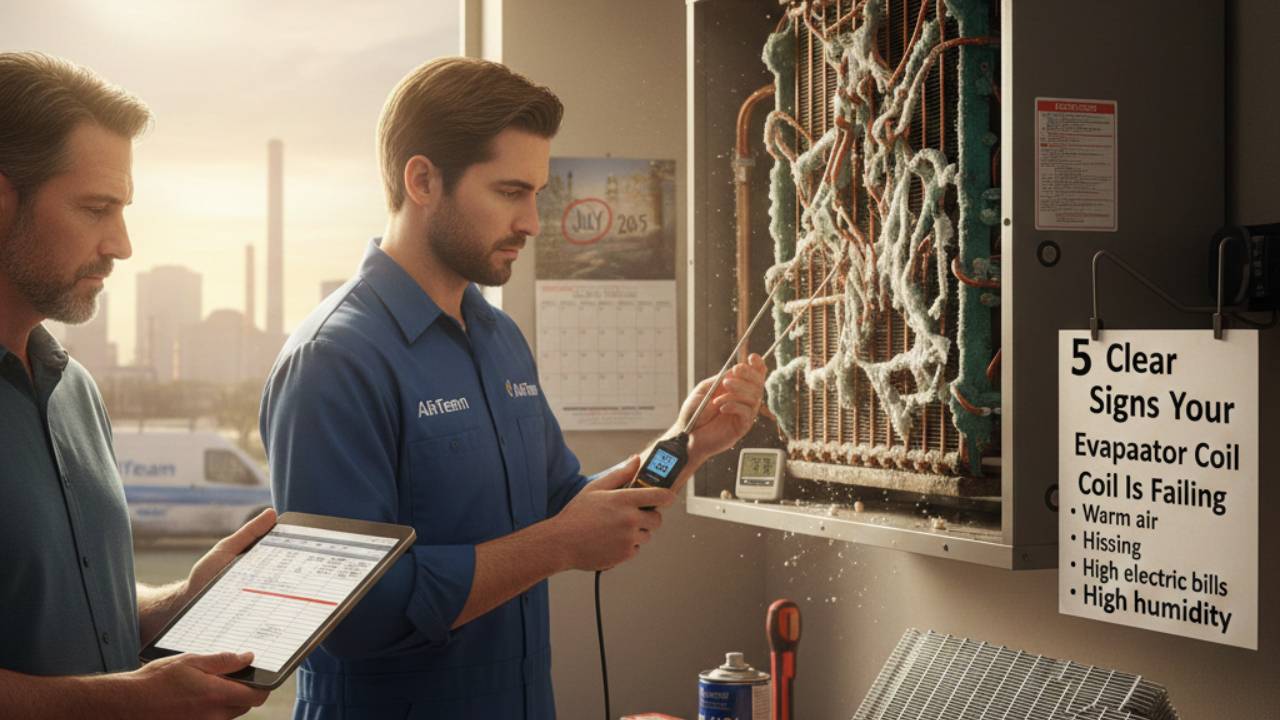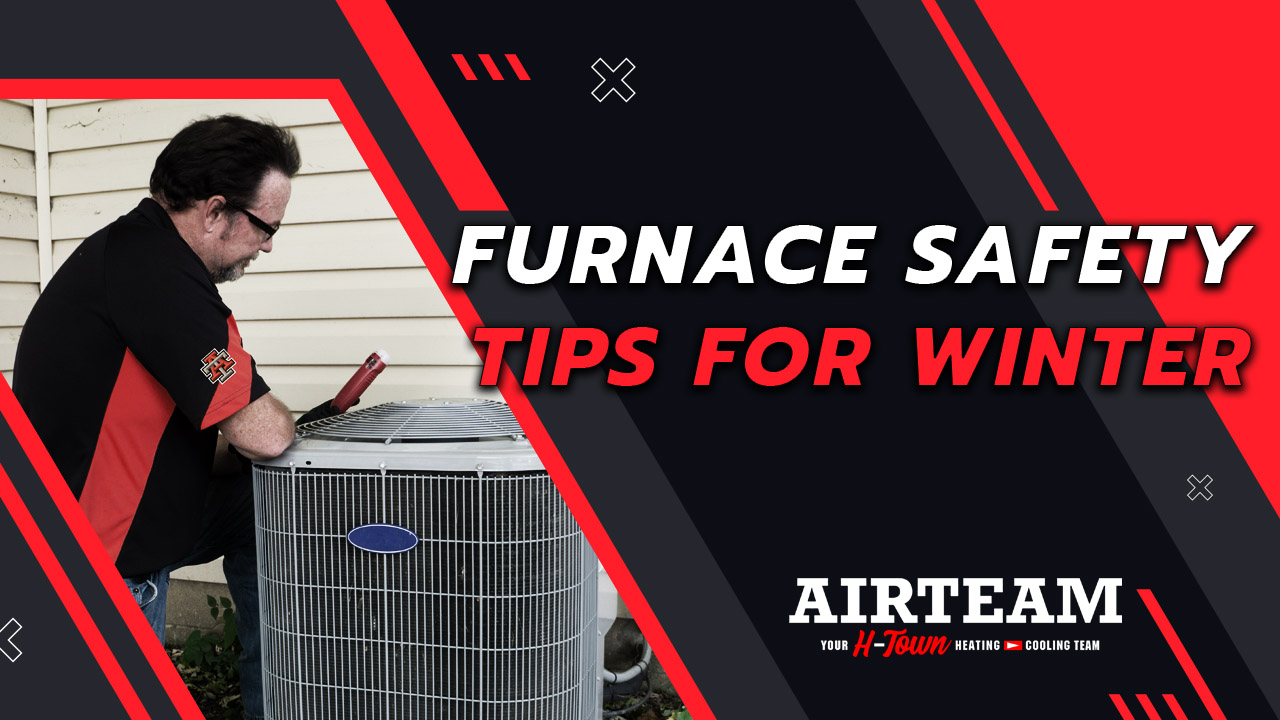Do you feel like your Houston HVAC system is not running as efficiently as it should? Is it costing you a lot of money in energy bills? You might need to check your home for air leaks. Learn how proper home sealing can help optimize the efficiency of your HVAC system and save you money in this article.
If your home is not properly sealed, you may be losing money in potential energy savings. By taking the time to properly seal your home, you can improve your home’s HVAC efficiency and save money on your energy bills.
To seal your home properly, you will need to identify any areas where air can escape. This can be done by conducting a simple test with a candle or by using a Houston HVAC technician. Once you have identified any areas where air is escaping, you will need to seal these areas with caulk, weatherstripping, or another type of sealant.
How To Properly Seal Your Home For Optimal HVAC Efficiency
By properly sealing your home, you can improve your HVAC system’s efficiency and save money on your energy bills. If you have any questions about how to properly seal your home, you should contact a Houston HVAC contractor like AIRTEAM. It’s important to identify and seal air leaks in your home to maintain optimal HVAC efficiency. Here are a few ways to do so:- Inspect your home’s exterior for any cracks or gaps. These can be found around doors, windows, and other openings. If you find any, seal them with caulk or weatherstripping.
- Check the interior of your home for any leaks. These can often be found around electrical outlets, light fixtures, and baseboards. Again, seal these up with caulk or weatherstripping.
- Take a look at your attic and basement to see if there are any gaps or cracks that need to be sealed. Pay special attention to the areas where pipes and ductwork run through the space.
- Once you’ve sealed all the leaks, have someone come over and test your home’s airtightness with a blower door test. This will help you determine if you need to add additional insulation in order to further improve your home’s energy efficiency.
The Benefits of Sealing Your Home
When it comes to Houston HVAC systems, there are a lot of things that you can do to ensure that it is operating at peak efficiency. One of the most important things that you can do is to make sure that your home is properly sealed. By sealing your home, you can help to prevent drafts and leaks which can lead to higher energy bills and less comfortable indoor temperatures. In addition, proper sealing can also help to reduce noise from your HVAC system as well as protect your home from outside contaminants.How to Seal Gaps Around Doors and Windows
To seal gaps around doors and windows, you will need:- Caulking gun
- Tube of caulk (silicone or acrylic based)
- Putty knife
- Rag
- Scissors
Weatherstripping Your Exterior Doors
Most, you need to make sure your exterior doors have sufficient weatherstripping. Weatherstripping is a process by which you seal up any gaps or cracks around a door or window to prevent air leaks. You can purchase weatherstripping materials at most hardware stores such as Home Depot or Lowes, and they’re relatively easy to install. Start by removing the old weatherstripping from around the door. If there’s any paint or caulk build-up on the door, use a putty knife or similar tool to scrape it off. Once the surface is clean, apply the new weatherstripping using adhesive backing or nails/screws according to the directions. For best results, use a door sweep on the bottom of the door to further seal up any gaps.Sealing the Attic
If your attic is not properly sealed, air can escape through cracks and openings, resulting in higher energy bills and less efficient HVAC operation. To seal your home for optimal efficiency, you also need to seal the attic. Look for any cracks or gaps and seal them with caulk or weatherstripping (around the access door.Proper Caulking Helps Houston HVAC Systems
As discussed, caulking is a great way to seal cracks and gaps around your home, which can help improve your home’s HVAC efficiency. However, there’s a wrong way and a right way to get the job done. Here are a few tips on how to properly caulk around cracks and gaps in your house:- Choose the right type of caulk. There are many different types of caulk available, so be sure to choose one that is specifically designed for the job you’re doing. For example, if you’re caulkings cracks in your foundation, you’ll want to use a foundation-specific caulk.
- Prepare the surface. Make sure the surface you’re going to be caulking is clean and dry before you begin. This will help the caulk adhere better.
- Cut the tip of the caulk tube at an angle. This will give you more control over the flow of caulk.
- Apply the caulk. Hold the tube of caulk steady with one hand and use your other hand to smooth it into place. Be sure to fill all cracks and gaps completely.
- Clean up any excess caulk. Once you’re finished caulking, use a wet rag or sponge to clean up any excess caulk that may have gotten on surfaces nearby.




